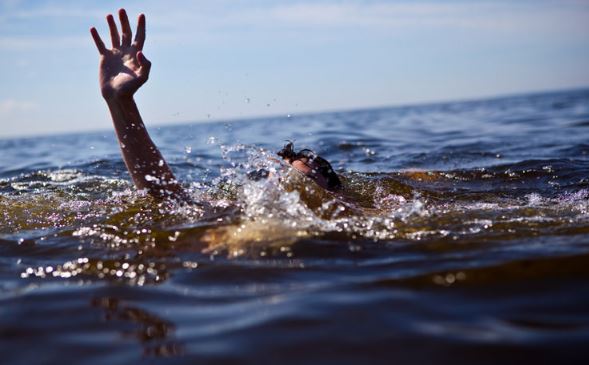
Drowning patients are probably the most dangerous patients to try to rescue.
In a panic, drowning patients are likely to claw at rescuers and climb to the surface at all costs.
Never attempt a direct rescue of a conscious drowning patient without proper training. There are many reports of drowning patients and their would-be rescuers being lost together, especially in icy waters.
Remember always: REACH or THROW, but only GO with training and equipment.
Here are the steps
1. Stay safe. Wear a personal flotation device if available. The most important thing to remember is not to become a patient yourself.1
2. If more than one rescuer is available, have someone call 112 immediately. Remember, if calling 112 from a cell phone, be sure to say your location carefully and do not hang up until they instruct you to do so.
3. If the patient is conscious, try to reach the patient with something rigid enough to pull him or her back. An oar is a good option. If possible, always use an intermediary tool rather than reaching out with your arms. That way, if the patient starts yanking you in, you can let go to protect yourself.1
4. If nothing will reach, throw the patient a rope and encourage him or her to grab on. A life-preserver with a rope attached is a very good option.
- If the patient is too far for a rope, then there are few additional options for untrained rescuers. Make sure 911 has been called. If enough people are available, try making a chain by holding hands out to the patient. A rescuer may try swimming out to the patient, but follow these steps:2Tie a rope around the rescuer’s waist before heading out to the patient and have someone on shore or on a nearby boat holding the rope.
- Take a pole, oar, rope, or other object to reach the patient. Rescuers should not attempt to directly touch a panicking drowning patient.
5. If the patient is unconscious, take a boat to the patient or tie a rope around the rescuer’s waist and let the rescuer pull the patient to shore.
6. Once a drowning patient is safely out of the water, perform basic first aid. In cold weather, remove the patient’s wet clothing — all the way. Cover the patient with a blanket and watch for symptoms of hypothermia. If the patient is not breathing, begin CPR.
Tips
- All patients of near drowning need medical attention. Water in the lungs, even small amounts, can lead to them filling with fluid later. Called “dry drowning,” this condition can be fatal. Closely watch anyone who chokes on water while swimming, especially if swimming in anything other than a pool.
- Only swim in areas protected by lifeguards. Swimmers at a lifeguard-protected ocean beach have only a 1 in 18 million chance of drowning, according to the CDC.
- If an unconscious patient is found in the water with no witnesses, always assume the patient could have a neck injury.
Tools to do it right
- Rope
- Personal flotation device
- Help

